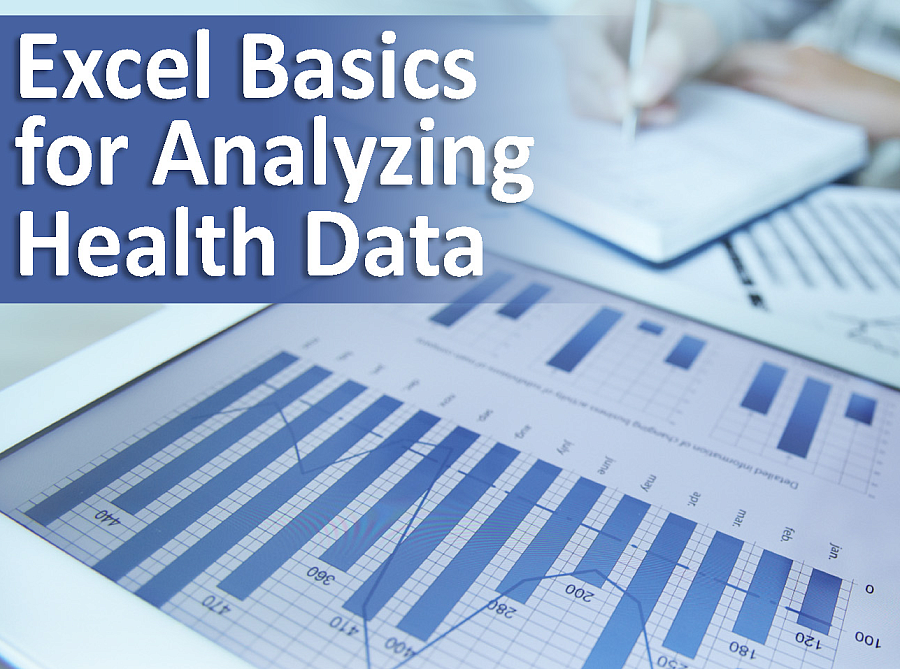When it comes to data journalism, a few Excel basics go a long way

A few weeks ago, a Google News Lab video with the ponderous title “The Age of Insight” starting making the rounds, thanks in part to a number of high-profile data journalists enthusiastically reflecting on the current state of “Telling Stories With Data.”
The four-minute short closes with Ezra Klein, founder of Wonkblog and now Vox, who tells viewers, “We will know that we’ve done a good job when people stop using this term – when data journalism is so constant that it’s just ‘journalism,’ as it always has been and always should be.”
That’s a line sure to warm the hearts of the Nate Silvers or the world (The New York Times’ David Leonhardt makes a similar point by trotting out the intentionally absurd phrase “quote journalism”), but we’re hardly ready to retire the term. Many of us just got here! While most reporters are comfortable working the phones, cultivating sources and churning out succinct copy on deadline, far fewer know how to effectively sort and analyze data in Excel. As the wells of available data grow ever deeper in our hyper-digital present, the value placed on such skills grows accordingly.
But what to do if Excel isn’t your native language, and the phrase “relative referencing system” draws a blank? Enter Paul Overberg, former database editor at USA Today. At our July 7 Health Matters webinar — “Excel Basics for Analyzing Health Data” — Overberg led newcomers on a tour of the essential skills needed to get data off PDFs, onto your spreadsheet, and, eventually, sorted and analyzed into meaningful bits of information your readers can appreciate. View the full presentation above.
Along the way, Overberg dispenses some choice nuggets of wisdom:
One of the things I tell people is that, ‘You have to approach the data with a pure heart,’ which gets a laugh sometimes. But one of the ways that advocacy groups spin info is that they use data and interpret it the way they want to. One of the reasons journalists have to be able to understand data is so that they can sniff out that spin and give people a more honest look than the advocacy groups will – especially in medicine – about what’s really going on.

